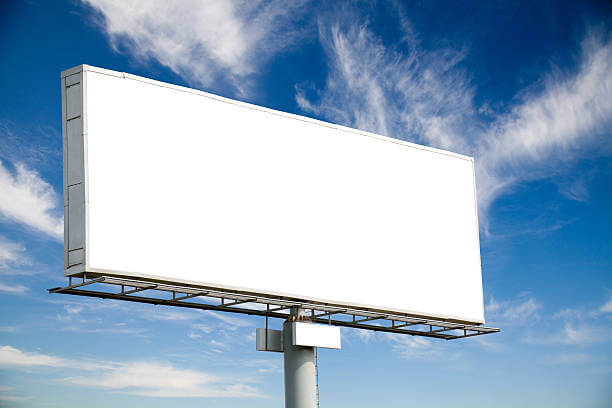Billboard advertising has been an integral part of the advertising world. In the current fast paced world one has got only 6 seconds to say something memorable or make a lasting impression. Billboards have to be designed in such a way that they are attractive enough to hold the attention of on-lookers.
Commuters who pass by have to remember your message the following day, or even week, for you to earn them as a customer. Take a systematic approach to narrow down the perfect pairing of color, design, and copy that will deliver a cohesive message that sticks, and sticks quickly. To start, you need to draw from psychology to understand what design will trigger reactions that will lead consumers back to your brand. You need to draw out the right emotions and associations that will bring your product to mind at a later time.
Drivers have only a tiny window of time to decipher your message, and that’s just not enough time for “clever.” Studies have shown that clever billboards with ambiguous messages actually increase the number of car accidents that happen as a result. You want people to notice and remember your message, not get distracted from the road. That means avoiding clever, and being smart.
- Put something that is smart not clever:
- Abstract language (e.g., metaphors, allusions). Not everyone will catch on, and those that do are less likely to remember abstract words than concrete words.
- Data and stats alone. Stats are great to impress someone on the spot, but they’re not memorable. It’s stories—or context— that make an idea stick.
- Tag lines without obvious connection to product. As Michael Bloomberg says, modern ads are “too clever by half.” They’re so focused on seeming smart that they forget to serve their main purpose—to sell the product.
- Pinpointing an unrecognized problem. Consumers’ days are filled with little grievances that they accept as normal. Pointing them out will position your product as a solution.
- Show the result. If possible, advertise your product’s effect, so the results can speak for themselves. It’s smart and clear and packs a punch.
- Contrast Colors
Having the right kind of color contrast on a billboard has been proven to improve recall by 38%. Cognitive psychologist Jonathan Flombaum revealed that humans have a tough time remembering specific hues of colors. Even though we can distinguish millions of different shades of colors when we look at them, our brain can store only six basic colors. So if the colors on a billboard are too similar, our brain will lump them together and make it impossible for us to retain a visual memory of the ad.
- Keep copy under 10 words: Crisp and precise content would be enough to keep the attention of the passer by or else it would be too distracting and might cause a car accident.
- Avoid Big Block Text: This would look cheap and ancient.
- Stick to one image: Studies have shown that billboards which have one visual focal point are most successful. If you have too many images consumers won’t know where to look.




